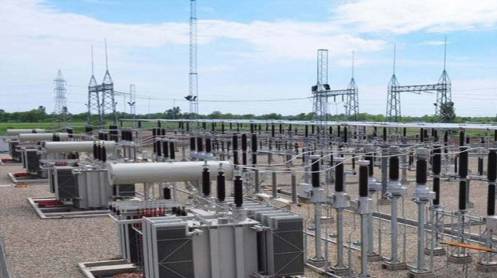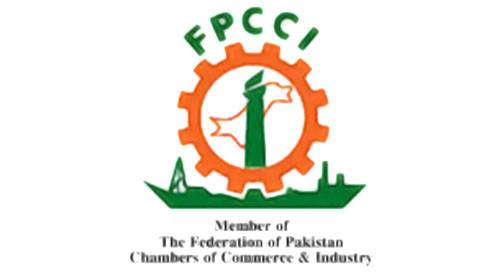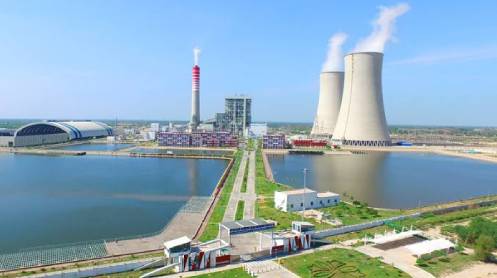- Issues of rationalization of tariff and circular debt stock reduction were recently discussed at a meeting of the Apex Committee of Special Investment Facilitation Council (SIFC)
ISLAMABAD: The government is yet to cross several bridges including the challenge of convincing the International Monetary Fund (IMF) before it can slash industrial tariff to cents 9/kWh, which would require further burdening all category of consumers, including vulnerable domestic consumers, well-informed sources told Business Recorder.
According to the press release issued by the IMF dated 11 January 2024 after its Executive Board completed the First Review of the Stand-By Arrangement (SBA) for Pakistan, the program is focused on implementation of FY 24 budget to facilitate Pakistan’s needed fiscal adjustment, and on achieving further progress on structural reforms, particularly with regard to energy sector viability.
“The IMF has made it crystal clear that the program will be focused on implementation of the FY 24 budget and any alteration in electricity tariff, particularly one envisaging a subsidy to a non-vulnerable sector, will be considered a violation of the government’s commitment which the country’s economy cannot withstand given that without the successful completion of SBAs second and final review the prospect of a default will once again loom large on the horizon,” said one of the former officials who remains associated with the Finance Division.
Industrial sector: Nine cent energy tariff approved: minister
The twin issues of rationalization of tariff and circular debt stock reduction were recently discussed at a meeting of the Apex Committee (AC) of Special Investment Facilitation Council (SIFC) which constituted a Working Group with the following composition: (i) Secretary Power Division (Chairman); (ii) Secretary Petroleum Division; (iii) Secretary, Finance Division; and (iv) Co-Coordinator Energy- SIFC.
The Working Group can co-opt further member(s) from the Federal and Provincial Governments or from academia/industry for assistance.
The sources said the Working Group has held one meeting so far in which the issue of rationalization of tariff was discussed. Finance Ministry has suggested a revaluation of the entire scheme of proposals in the next meeting.
SIFC has been informed that a cross subsidy of Rs 240 billion will be withdrawn, which implies tariffs of domestic consumers including lifeline consumers will be increased through imposition of fixed changes on the same pattern as the recent increase in fixed charges of gas consumers across the country.
Finance Division, sources said, is uneasy with the tariff rationalization plan of Power Division as it will require changes in subsidy allocations in the budget. There is no finality on the tariff rationalization proposal as it requires further deliberations.
“As we receive a formal proposal from Power Division on tariff rationalization, it will be discussed internally before presenting it to the IMF for approval and in the likely event of securing that approval a summary will be moved to the SIFC and then the Cabinet for ratification of the decision. After this, guidelines will be issued to NEPRA for a change in GoP’s electricity tariff,” said an insider in Finance Ministry.
All Pakistan Textile Mills Association (APTMA) argues that prohibitively high and regionally uncompetitive power tariffs have caused the economy to become stuck in a vicious cycle where ever-increasing power tariffs are causing power consumption to decline continuously to the point where Pakistan will have power companies but no consumers. The only way to come out of this cycle is to rationalize power tariff at levels that stimulate the economy and allow for sustained levels of higher power consumption and therefore higher power sector revenue.
It further maintained that the textiles and apparel sector is the single largest contributor to Pakistan’s foreign exchange earnings, accounting for over half of total exports. During 2020-2022 when zero-rated industries were provided with regionally competitive energy tariffs (RCET) of 9 cents/kWh, textiles and apparel exports witnessed record growth of 54% – from $12.5 billion in FY20 to $19.3 billion in FY22 in only 2 years.
However, as RCET was withdrawn amid a larger macroeconomic crisis and power tariffs were rebased following approval of IMF 2023 SBA, power tariffs for export-oriented firms increased to over 14 cents/kWh and the industry could no longer sustain this momentum, causing textiles and apparel exports to plummet to $16.5 billion in FY23.
Textile sector argues that one of the primary reasons for deterioration in the export sector is prohibitive power tariffs that are almost twice the average faced by competing firms in regional economies like Bangladesh, India, and Vietnam , adding that inclusion of economic inefficiencies like cross subsidies and stranded costs in power tariffs for export-oriented firms renders their exports uncompetitive in international markets because the cost of the government’s social-welfare obligations and the power sector’s inefficiencies cannot be passed on to international consumers.





